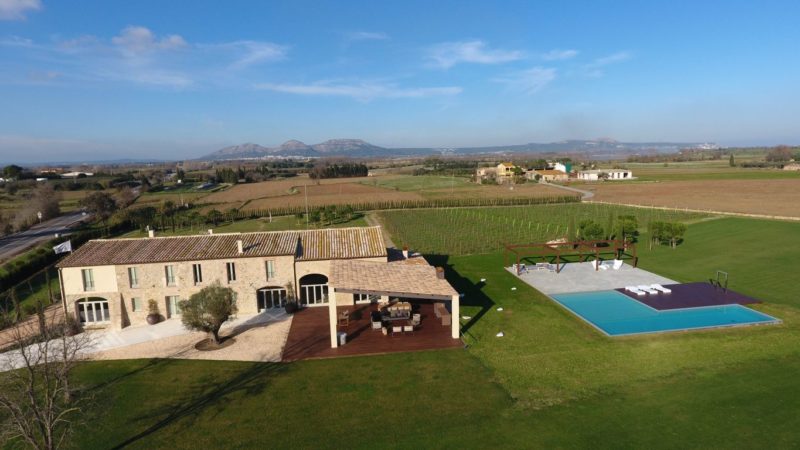
I’ve had a wish to learn electronics for a very long time, and this year I took the plunge and bought some kit to get started. Here’s the stuff I bought and some other resources I found useful.
Hardware
- Keyes electronics kit SMP0051
- NodeMCU ESP8266 Lua WiFi Internet Development Board (alternative to Arduino)
- Raspberry Pi3 Official Desktop Starter Kit 16GB
- XL830L Multimeter
Books
- Eléctronica para makers – Guía completa
- Hacking Electronics
- Make: Electronics
- Make: More Electronics
Websites
- Startingelectronics.org – used their tutorials to build my first real circuits.
- Sparkfun.com – Great tutorials and quiz to learn the basics.
- Programming Electronics
- Building Electronic Circuits
- Electronics-tutorials
- Thingiverse
- Predictabledesigns
- Speedway Motor’s All about electronic circuits for kids

 Padel is a sport that requires a broad fitness regimen. Strength, speed, agility, flexibility and endurance are all athletic building blocks of a padel player. Workout routines designed for padel need to incorporate training for each of these attributes. Balanced training involves workouts on the court, in the gym and on the track.
Padel is a sport that requires a broad fitness regimen. Strength, speed, agility, flexibility and endurance are all athletic building blocks of a padel player. Workout routines designed for padel need to incorporate training for each of these attributes. Balanced training involves workouts on the court, in the gym and on the track.
 In recent years I’ve taken quite an interest in real estate, and I’ve been learning the ropes by
In recent years I’ve taken quite an interest in real estate, and I’ve been learning the ropes by 